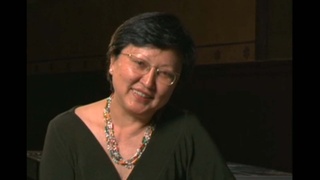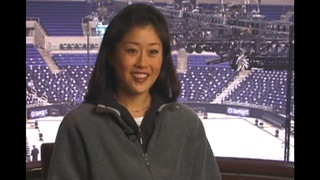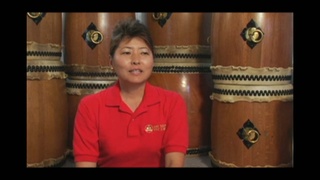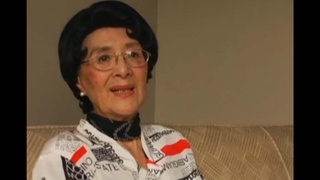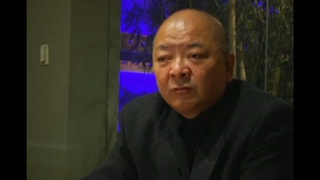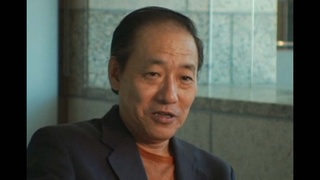Interviews
The difference between Nikkei community in Oizumi and Brazil (Japanese)
(Japanese) This might be because of the environment, but there aren’t many opportunities to meet people in the community in Japan. In São Paulo, where I was born and raised, we met almost every week. We got together and went to kaikan (hall). And we did karaoke, had karaoke practice, and sometimes had churrasco or Japanese dishes. Usually Sunday was our day off. Of course, in the morning, we had work at the fish shop, I mean my father did, so he didn’t have a whole day off, but we often spent weekends with friends and other family members. So we went out as a family or with friends and talked a lot together. But in Japan, we don’t do that very often. This is true within my family, too, and I think that the big difference is we don’t have many chances to get together.
Date: October 18, 2016
Location: Gunma, Japan
Interviewer: Shigeru Kojima
Contributed by: Watase Media Arts Center, Japanese American National Museum

